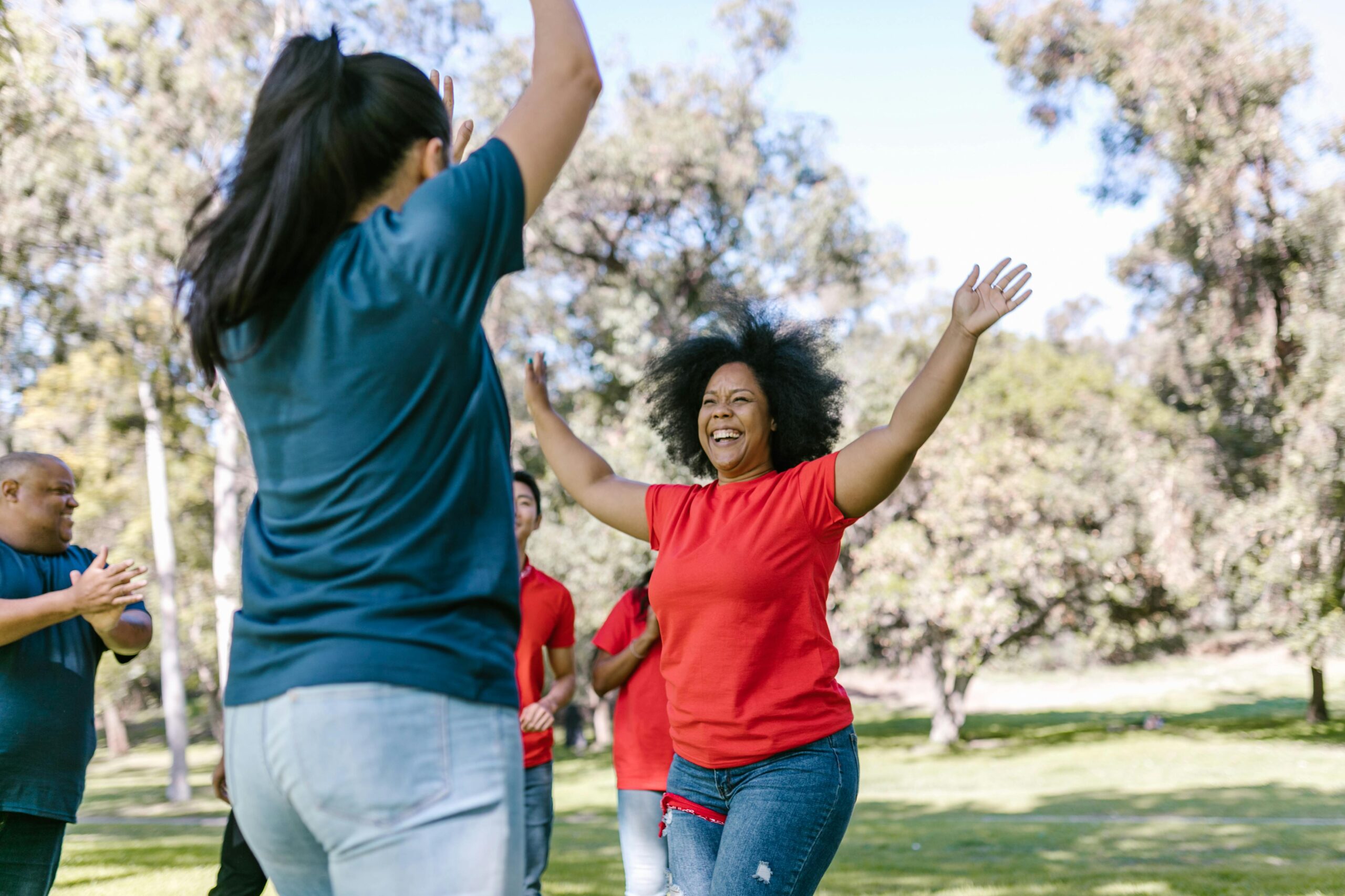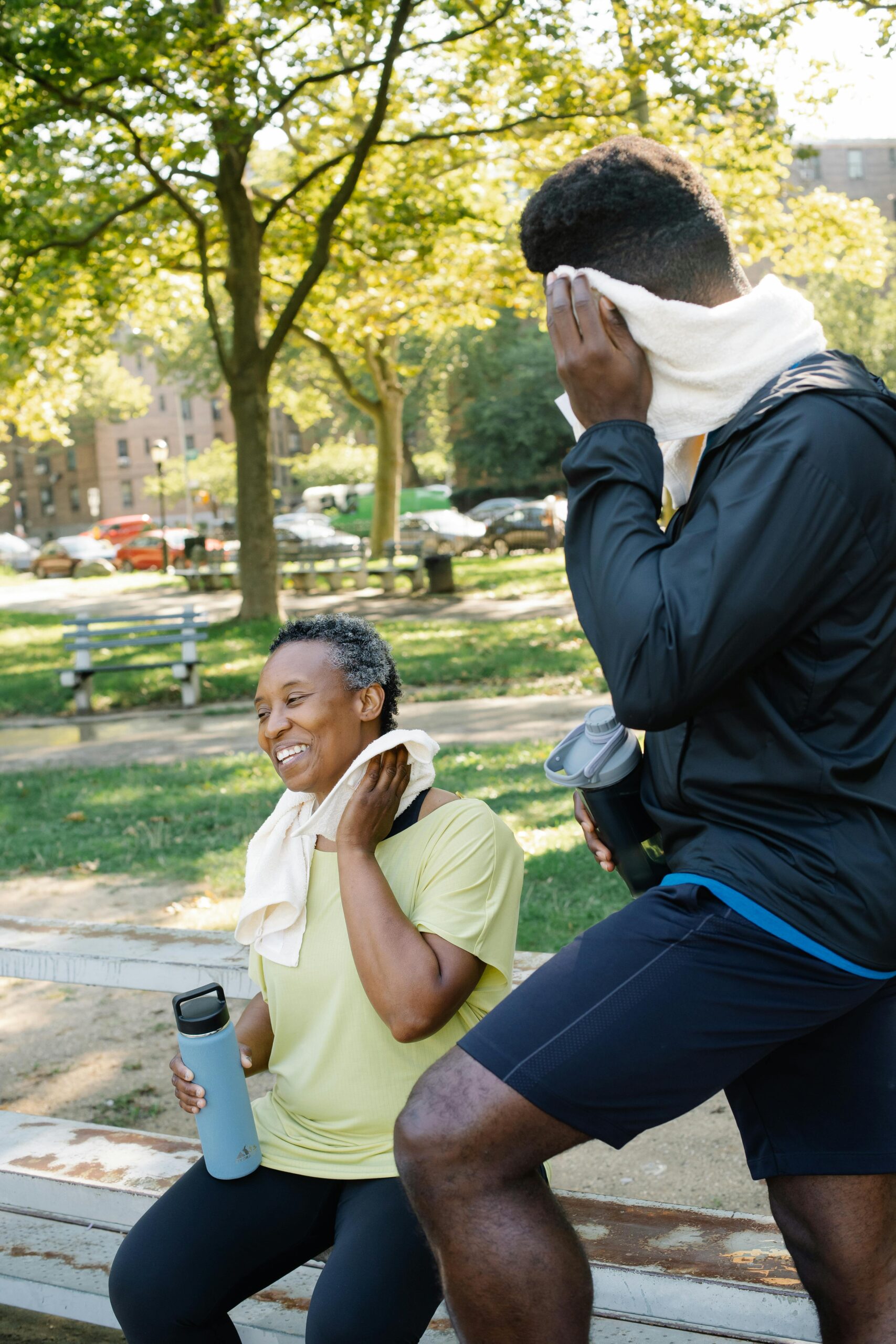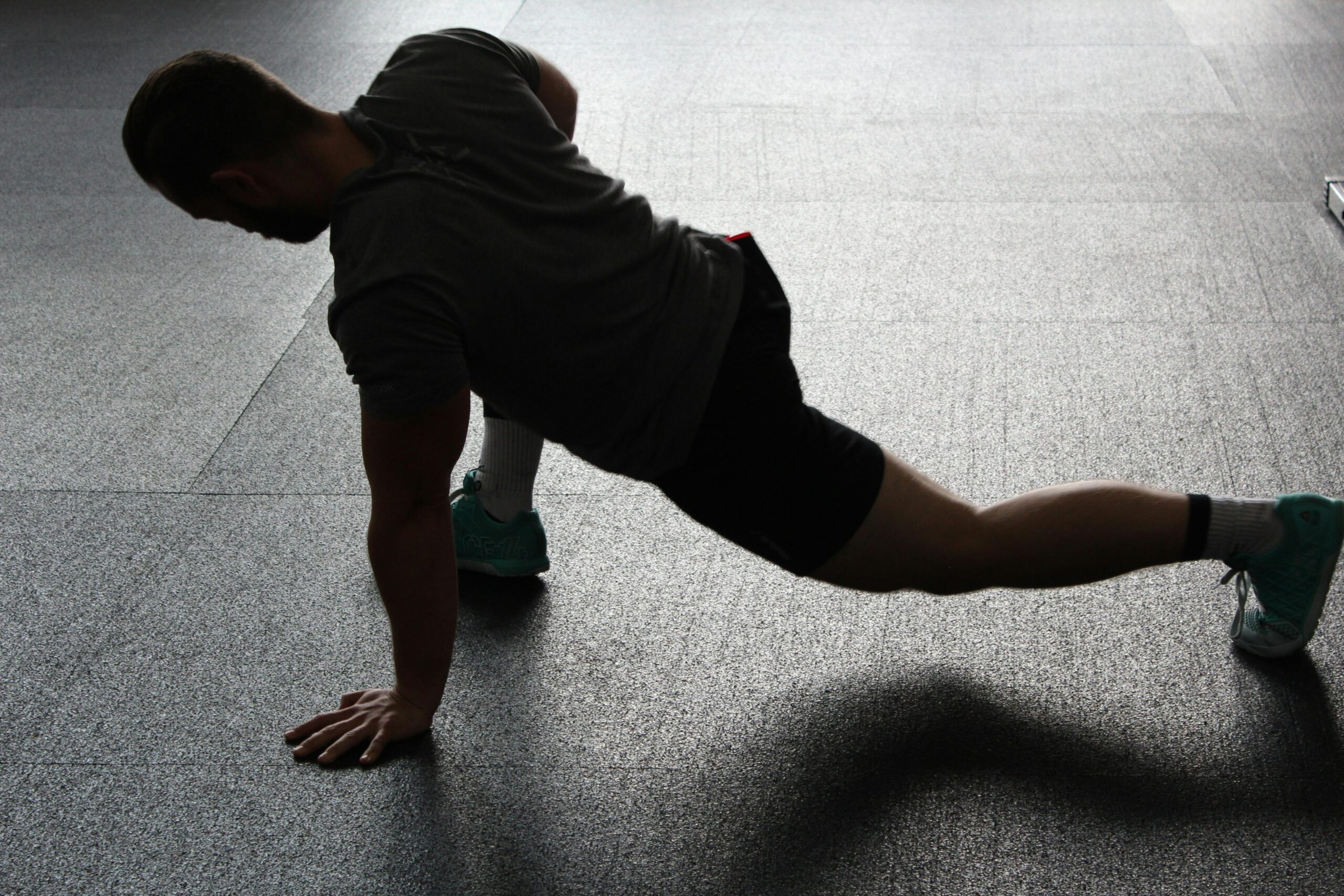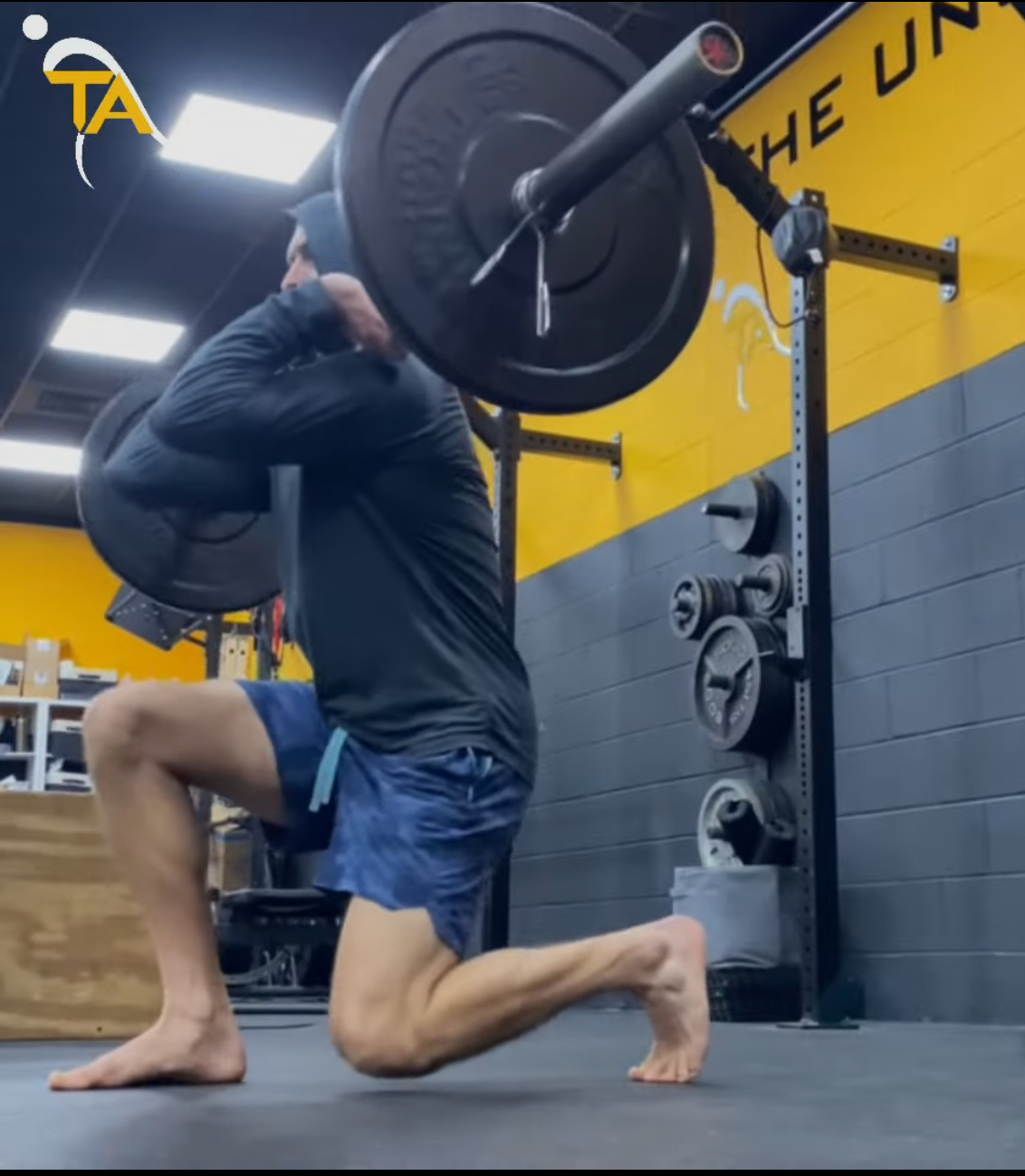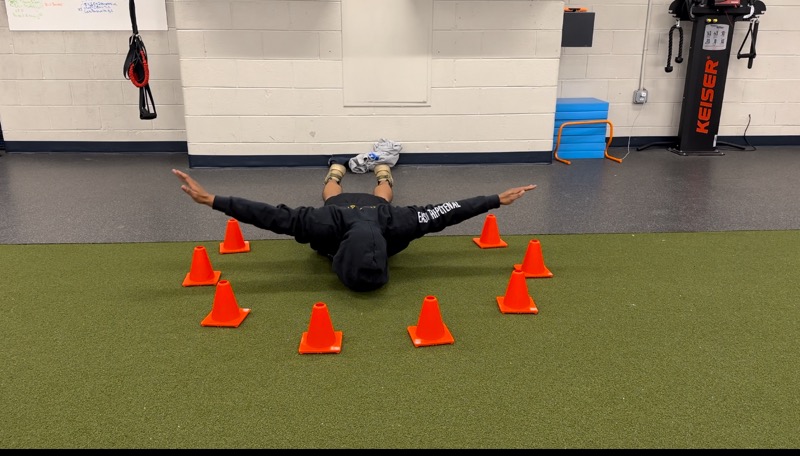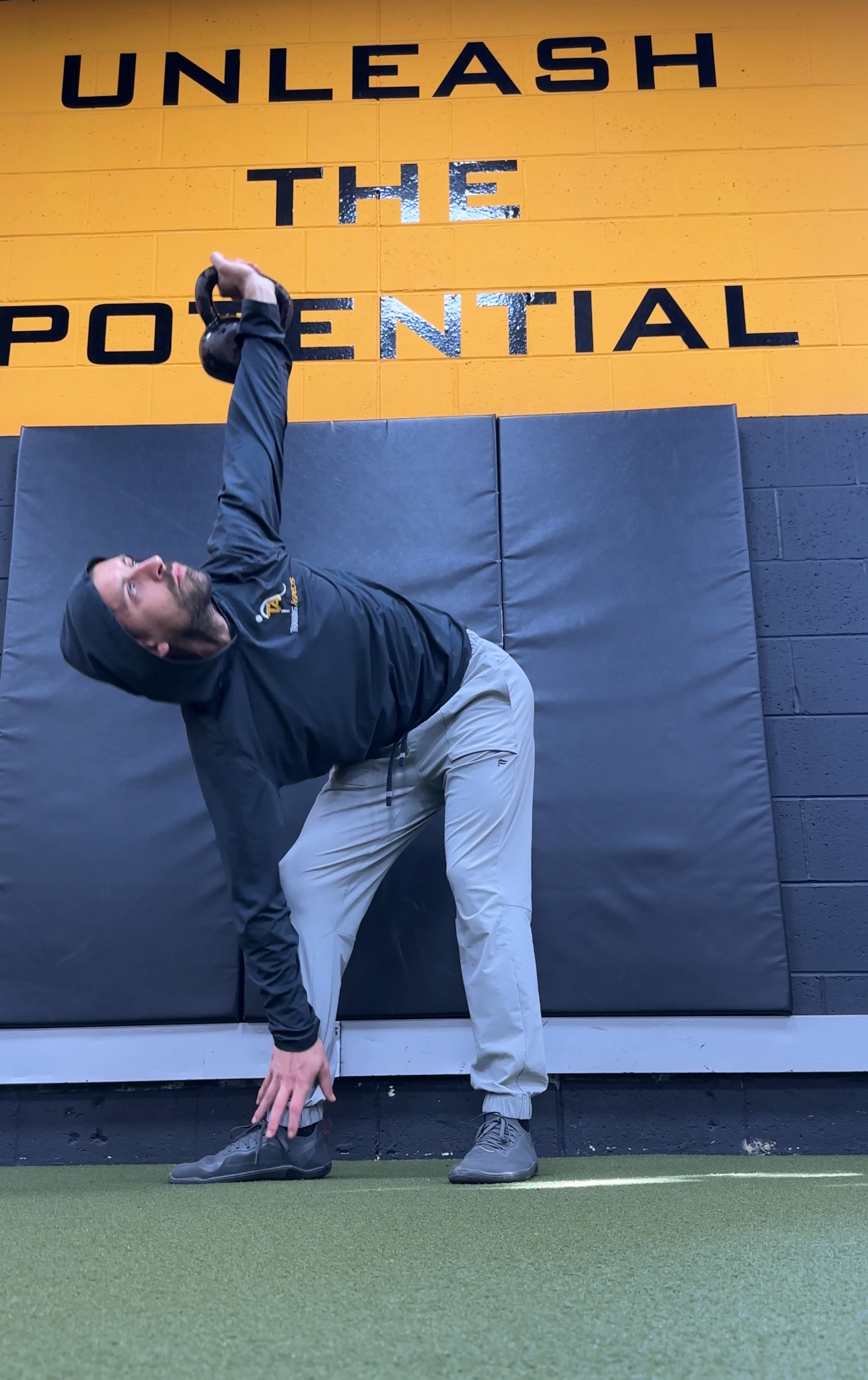Personal trainer tips
-
 Cherry Hill sports performance, Hockey Performance, Personal trainer tips, Sports performance
Cherry Hill sports performance, Hockey Performance, Personal trainer tips, Sports performanceBest Hockey Leg Endurance Strength Workout
Best Hockey Leg Endurance Strength Workout Everyone is always looking for the best way to increase strength and endurance to be the best athlete they can be!…But how do you do that? There are many ways but this workout gives you a great idea of how to program your lifts and exercises to not only…
Jostr1 -
 Fitness, Personal trainer tips, Sports performance
Fitness, Personal trainer tips, Sports performanceTrain Your Body to Last: Mobility and Stability Made Simple
As we get older, strength gets harder to maintain through the norm of lifting heavier or pushing harder. There’s a certain breaking point that your body will hit, but there’s an easier method about moving well, keeping your joints healthy, and letting your body stay resilient. No, I’m not saying you don’t have to stop…
Dan Aquino -
 Cherry Hill sports performance, Hockey Performance, Personal trainer tips, Sports performance
Cherry Hill sports performance, Hockey Performance, Personal trainer tips, Sports performanceTop Hockey In-Season Conditioning Workout
Top Hockey In-Season Conditioning Workout In season-off day body movement activation workout. Strengthen your movement efficiency through these 4 exercises. **If you cant complete full range of motion though these exercises, slow it down and work on that first, before reinforcing poor movement habits.** 1. Split jumps– focus on the hips completing the range of…
Jostr1 -
 Fit and healthy, Fitness, Personal trainer tips, Sports performance
Fit and healthy, Fitness, Personal trainer tips, Sports performanceThe Long Game: Training for a Body That Lasts
Many people train for the mirror, not the mission. “Dan, what the heck is the mission?” you ask? They have a constant chase with the numbers and forget that how you move today determines how you’ll move years from now. Growing up, I had the same ideas on fitness as the first thing to really…
Dan Aquino -
 Cherry Hill sports performance, Hockey Performance, Personal trainer tips, Sports performance
Cherry Hill sports performance, Hockey Performance, Personal trainer tips, Sports performanceTop 5 Exercises to Build Hockey Leg Stamina
Top 5 Exercises to Build Hockey Leg Stamina We got an old school video for todays article, circa 2019! 😄 Still a beast hockey leg stamina workout nonetheless! Watch the video for demos and then read on to hear how each exercise and the sequence of them will really help improve your hockey leg stamina!…
Jostr1 -
 Assess Your Goals, Cherry Hill sports performance, Fit and healthy, Personal trainer tips, Weight Loss
Assess Your Goals, Cherry Hill sports performance, Fit and healthy, Personal trainer tips, Weight LossHow Working Hard Without Self-Care Hurts You (and How to Fix It)
We’ve All Been Told to “Work Hard” We’ve heard it our whole lives: work hard, stay loyal, and the rewards will come. But many of us have watched an older generation do just that and miss out on life along the way or at least live a different style life. They worked tirelessly, skipped vacations,…
Kirill Vaks -
 Cherry Hill sports performance, Hockey Performance, Personal trainer tips, Sports performance
Cherry Hill sports performance, Hockey Performance, Personal trainer tips, Sports performanceTop 3 In-Season Mobility Exercises
Top 3 In-Season Mobility Exercises It’s essential to keep the body mobile during the season to offset the wear and tear that accumulates over the season! Wanna stay healthy snd feeling your best??…a great mobility routine is the first step! Here are three of our go-to best bang for your buck mobility drills! Spider Crawl…
Jostr1 -
 Assess Your Goals, Cherry Hill sports performance, Fitness, Hockey Performance, Personal trainer tips, Sports performance
Assess Your Goals, Cherry Hill sports performance, Fitness, Hockey Performance, Personal trainer tips, Sports performanceThe secret to fitness success, that’s really not a secret
Commit, Have Discipline, Stay Consistent (CDC) As a high-level performer, there’s no middle ground. You either commit, keep the discipline, and stay consistent (CDC), or you don’t succeed. Whether it’s weight loss, weight gain, or performance training, the principle is the same, results take time. The hard truth is that progress rarely shows up overnight.…
Kirill Vaks -
 Cherry Hill sports performance, Hockey Performance, Personal trainer tips, Sports performance
Cherry Hill sports performance, Hockey Performance, Personal trainer tips, Sports performanceTop 3 In-Season Speed Exercises for Elite Performance
Top 3 In-Season Speed Exercises for Elite Performance Everyone is always looking into how can I get faster? What’s the best new exercise out there for speed? There’s a ton of them! The only problem is they may not be as effective as they could be if your foundation of movement is strong and efficient…
Jostr1 -
 Cherry Hill sports performance, Hockey Performance, Personal trainer tips, Sports performance
Cherry Hill sports performance, Hockey Performance, Personal trainer tips, Sports performanceTop 5 In-Season Exercises to Develop Movement Strength
Top 5 In-Season Exercises to Develop Movement Strength Everyone is always looking for the best ways to get stronger and stronger but isn’t movement the name of the game when it comes to almost every sport?? Now strength obviously plays a role too, so that’s why its essential to terain the body for movement strength…
Jostr1 -
 Assess Your Goals, Fitness, Fitness, Fitness and Nutrition News in South Jersey area, Hockey Performance, Personal trainer tips, Sports performance
Assess Your Goals, Fitness, Fitness, Fitness and Nutrition News in South Jersey area, Hockey Performance, Personal trainer tips, Sports performanceThe Athlete, the parent and the coach, triangle of success for sports development.
The Athlete CEO: Building Without Burning Out Many people dream of reaching the highest levels in sports: college, pros, the Olympics. But behind every highlight reel is a journey filled with challenges that test not just the athlete, but the parents and coaches too. The athlete might be the best in their age group, but…
Kirill Vaks -
 Cherry Hill sports performance, Hockey Performance, Personal trainer tips, Sports performance
Cherry Hill sports performance, Hockey Performance, Personal trainer tips, Sports performanceTop 3 Ways to Develop for Your Sport While In-Season
Top 3 Ways to Develop for Your Sport While In-Season Have you ever thought of changing your training style to suit your seasons? A lot of people don’t…but it’s so important to create your training program based off your current workload. The off-season is perfect for going hard, maxing out your strength gains and pushing…
Jostr1

